Existing User Log In
New User Registration
Register for a free account to gain full access to the VGChartz Network and join our thriving community.



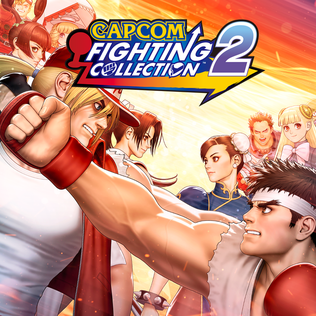

America - Front
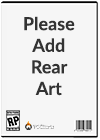

America - Back

Capcom
Fighting
 (Add Date)
(Add Date) (Add Date)
(Add Date) (Add Date)
(Add Date)
| Owners: | 0 |
| Favorite: | 0 |
| Tracked: | 0 |
| Wishlist: | 0 |
| Now Playing: | 0 |
In my review of Capcom Fighting Collection, I noted "there are enough titles in the Capcom catalog to fill this collection twice over, if not more." Well, Capcom obviously agreed, because here we are with the second installment, Capcom Fighting Collection 2. Like the first compilation, this one includes multiple fighting games — some more renowned than others — enhanced with special features, quality-of-life adjustments, and rollback netcode. It also shares its predecessor's pros and cons.
The new collection features eight titles, a mix of traditional 2D and early 3D fighting games. The 2D titles include: Capcom vs. SNK: Millennium Fight 2000 Pro, the first installment of the Capcom vs. SNK crossover series; Capcom vs. SNK 2: Mark of the Millennium 2001, its sequel; Capcom Fighting Evolution, an ambitious Capcom crossover; and Street Fighter Alpha 3 Upper, a refined version of Street Fighter Alpha 3. The 3D entries include: Power Stone, an isometric brawler; Power Stone 2, its 4-player battle royale sequel; Project Justice, a team-based fighter with a strong narrative focus; and Plasma Sword: Nightmare of Bilstein, which channels the sci-fi energy of Star Wars.

The first two games in the compilation, Capcom vs. SNK and its sequel, are the most essential, at least when it comes to the 2D titles. Not only does Capcom vs. SNK boast a large, diverse roster that draws from several gaming universes, but it also benefits from deep player customization, thanks to several interesting mechanics. The first is the groove system, which allows players to choose from the Capcom or SNK grooves. Basically, this defines how you accumulate and deploy your supers. The Capcom variant — the more straightforward one — grants you three stocks of meter, providing for three levels of super. You fill the meter by attacking and performing special moves. Meanwhile, the SNK groove demands that you manually build a single stock of meter by pressing HP and HK simultaneously. This is obviously a riskier proposition, since you're leaving your fighter open to attack, but you'll gain more benefits, particularly when your health is critical.
The second is the ratio system, which assigns a power level to each playable fighter. Before each match you assemble a team of four characters, but the combined might of the party cannot exceed four points. So you could choose a single four-point fighter like Akuma, or four one-point fighters like Blanka, Cammy, Vice, and Yuri, or any combination in between.
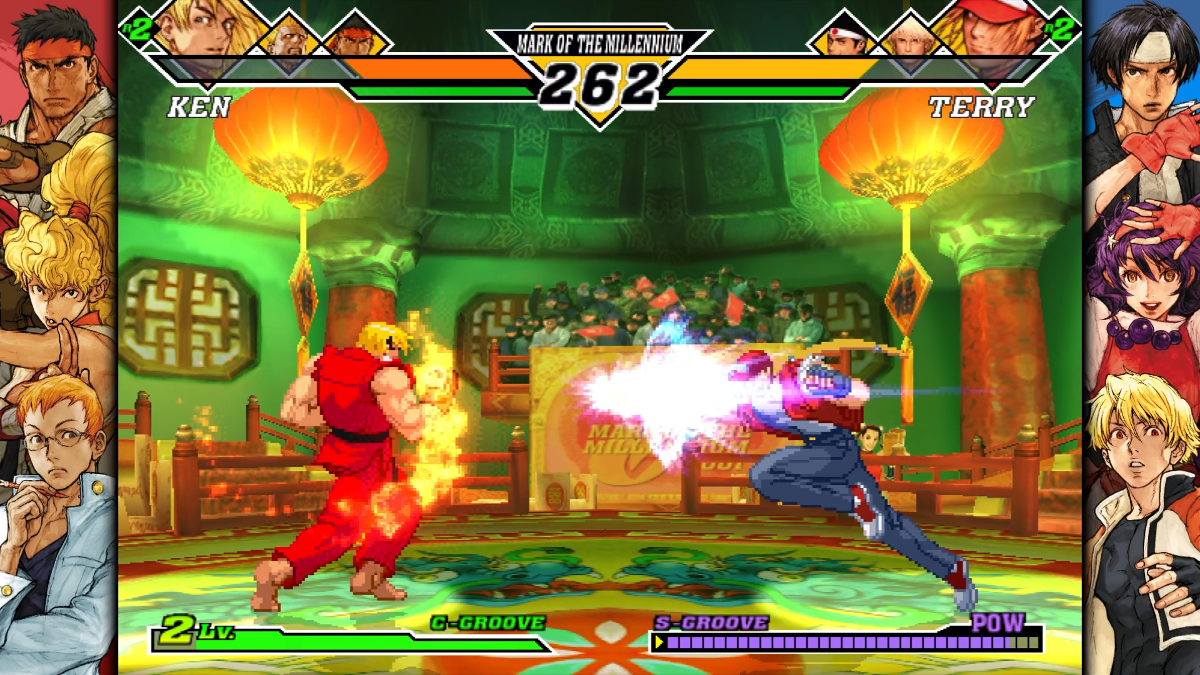
Capcom vs. SNK 2 took these systems and upped the ante considerably. Now there are six grooves, each with unique benefits. A-Groove, based on the Street Fighter Alpha sub-series, features a custom combo system, while K-Groove, inspired by Samurai Shodown and Garou: Mark of the Wolves, features a "rage" system that fills a meter as you take damage. The ratio system also received an overhaul. Unlike the first game, where each fighter was attached permanently to a power level, Capcom vs. SNK 2 allows players to assign power levels to their combatants freely. You're still limited to a total of four points, however.
All these options translate into an incredibly flexible combat framework in which players have an obscene amount of control over their destinies. The end result is one of Capcom's best fighting games, which is saying something.
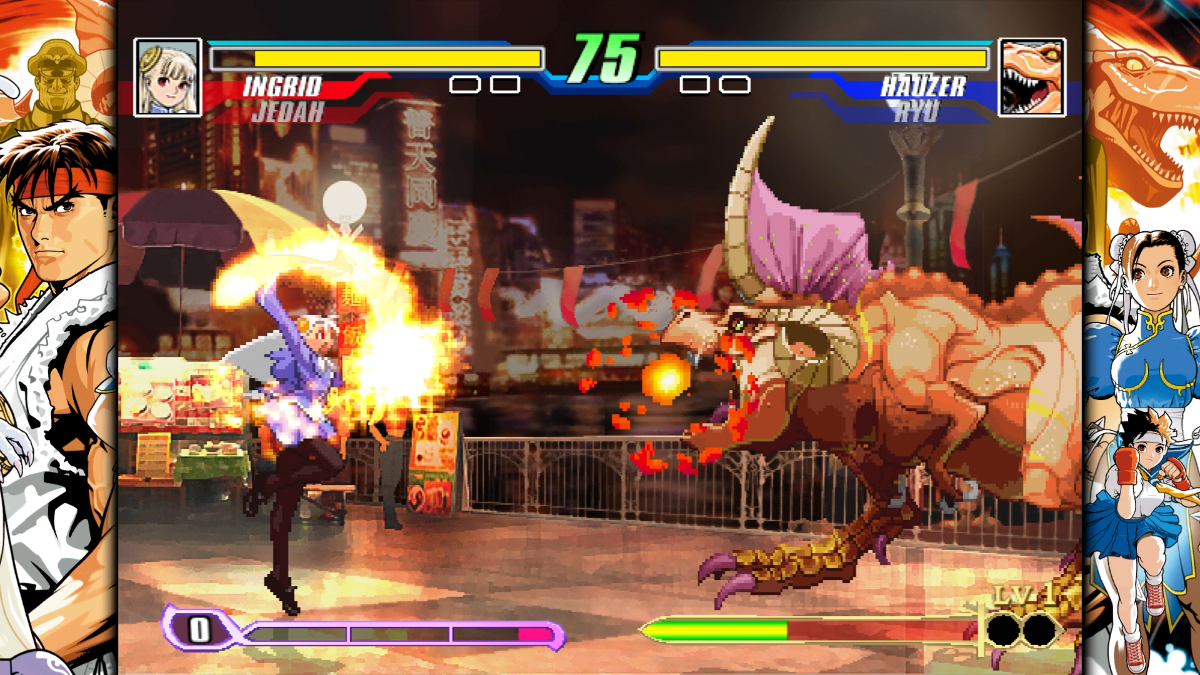
The third crossover fighter in the collection, Capcom Fighting Evolution, is, by comparison, much less successful. On paper, the game is great. It includes fighters from Street Fighter II, Street Fighter III, Street Fighter Alpha, Darkstalkers, and Red Earth, each representing the combat system of their respective game. The execution, however, leaves something to be desired. There are balancing problems, roster issues, and an inescapable feeling that the project was rushed out the door. It's still a decent enough fighter, just nowhere near the level of the greats included in the package.
One of those great games is Street Fighter Alpha 3 Upper, an updated arcade version of one of the best 1v1 fighters ever made. The silky gameplay, gorgeous art, diverse fighting styles, and huge roster remain, augmented with new characters & stages, and refinements to the -ism system.
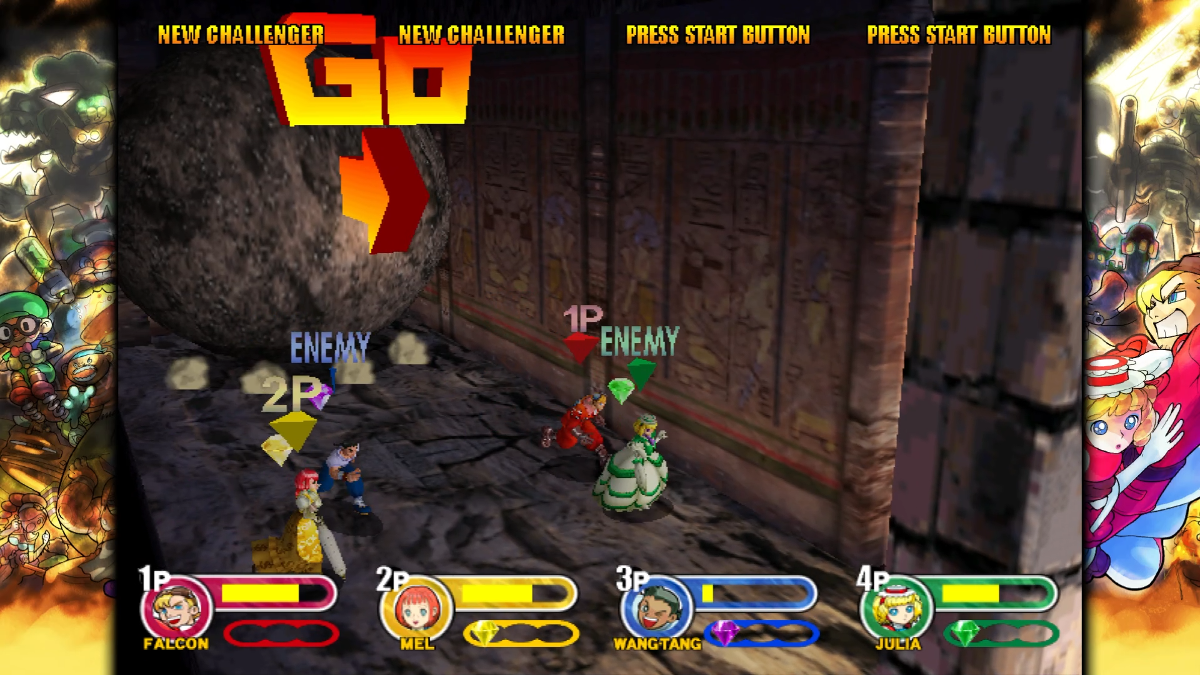
While the inclusion of Alpha 3 is always welcome, it's readily available elsewhere, including in Street Fighter 30th Anniversary Collection and Capcom Arcade 2nd Stadium. Far rarer are the two Power Stone games, previously locked to arcades, Dreamcast, and PlayStation Portable. Along with Capcom vs. SNK and its sequel, these are the highlights of the collection. They're just so fun to play, even if they lack the mechanical depth of the traditional fighters. Indeed, they hew closer to party brawlers than anything else, particularly Power Stone 2, which is one of the finest games of its kind.
In the first Power Stone, the action takes place in a small, contained 3D space with an isometric viewpoint. At regular intervals, gems, weapons, and destructible items will appear in the arena. You can pummel your enemy with punches and kicks, slice them with swords, incinerate them with flamethrowers, or collect enough gems to transform into a superhero and demolish everything in your path.
Power Stone 2 takes this idea and runs wild with it, introducing more players, levels that move and transform, spectacular set-pieces, and even boss battles. It's one of the most hectic, wild, and joyful times you'll have playing a video game.
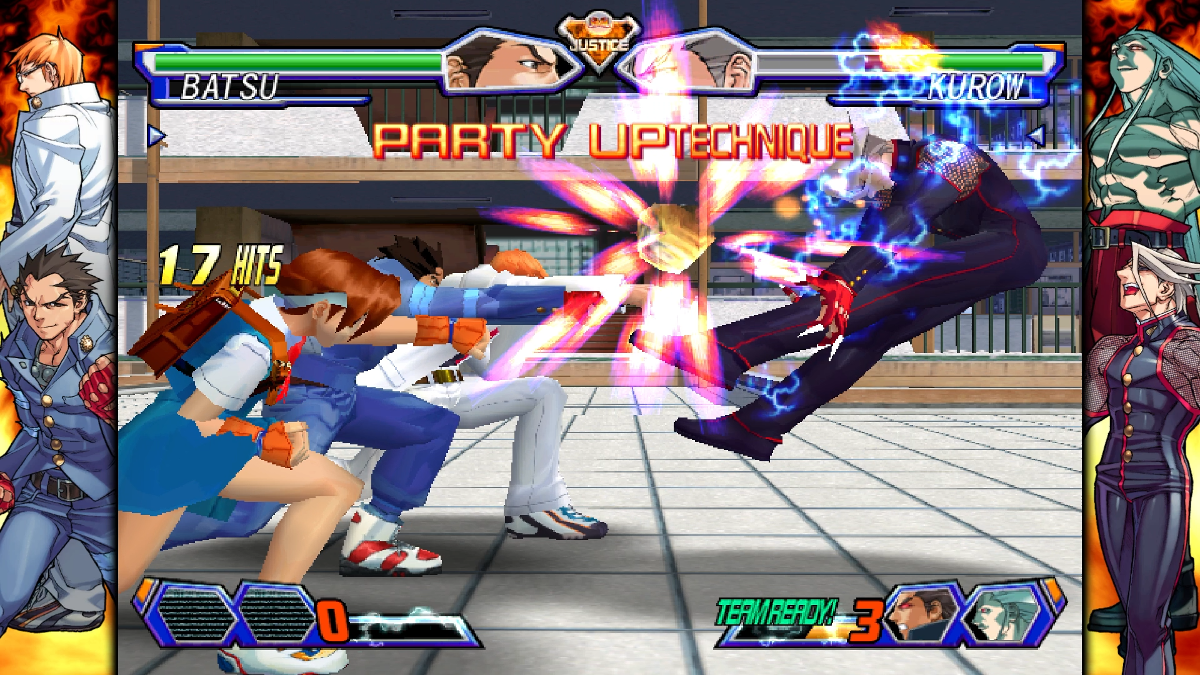
Less essential is Project Justice, a 3D fighting game from 2000 with a tag-team mechanic. It's a little slow and clunky-looking, but it benefits from Team Up and Party Up moves where other members of your team arrive to pummel the opponent, not to mention an honest-to-goodness story mode where players experience a slice of the narrative depending of which group of fighters they select. In some instances, the plot will branch out based on the results of the fight.
Perhaps the weakest game in the collection is Plasma Sword: Nightmare of Bilstein, the sequel to Star Gladiator. A weapons-based fighter with a provocative science-fiction theme, it has some good ideas. But it's ultimately too slow and clumsy to make a strong impression. There's a sluggishness to the action and animation that tends to drag everything down. The backgrounds and soundtrack are nothing to write home about either.
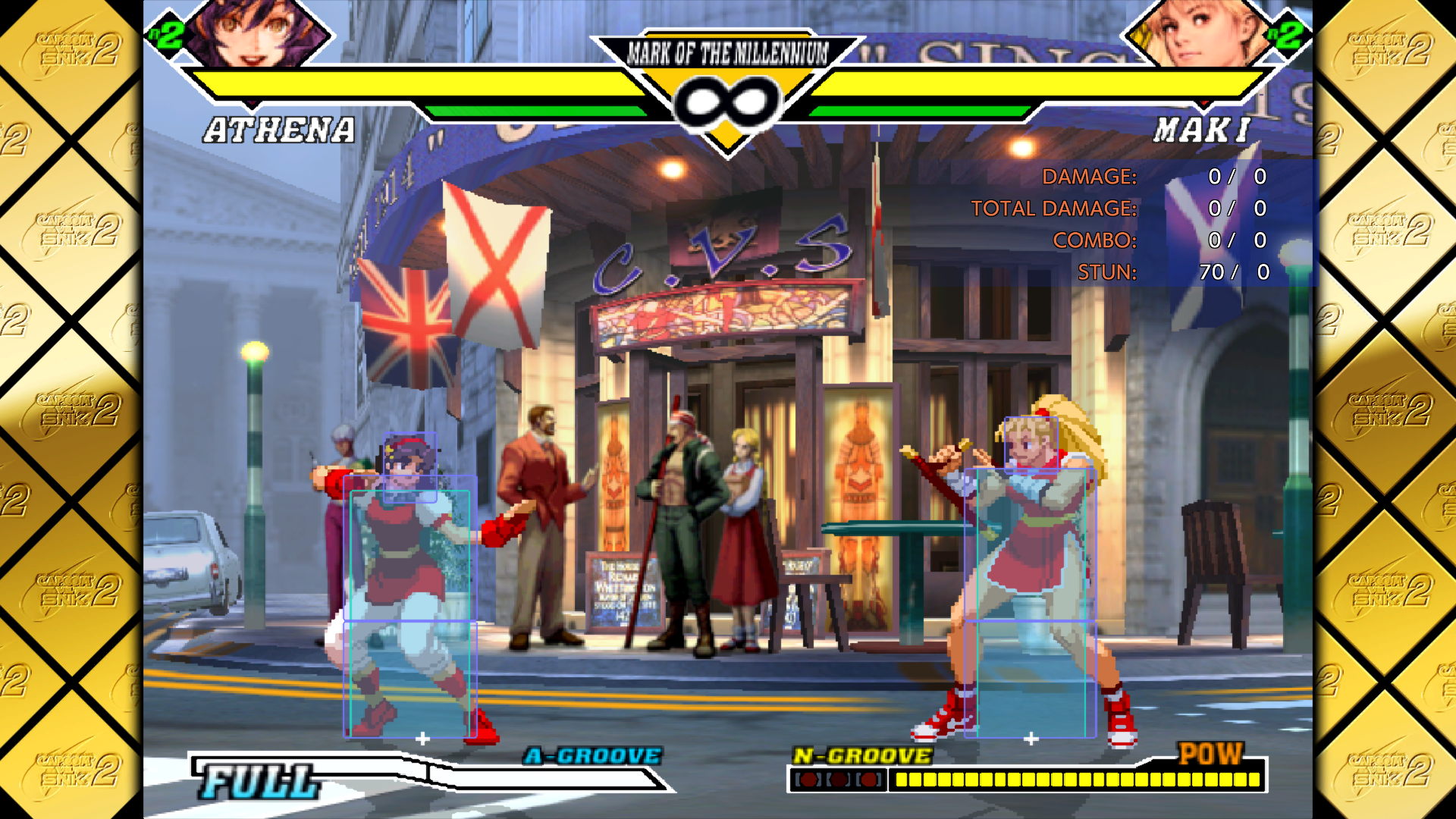
As in the first Capcom Fighting Collection, this compilation provides a suite of special features designed to make the games more approachable. That includes mid-game save states; various resolution and display options; button customization, including the option for one-button specials; and, most importantly, a training mode for every game, complete with move lists, damage feedback, and hit-box indicators. While the training mode is indispensable, it lacks guided tutorials that walk you through the specific mechanics, rules, and systems of each title. Capcom has included scans of the original arcade marquee cards, which show, at a glance, all of the main moves, but they're overwhelming. Complex games like Capcom vs. SNK 2 would benefit greatly from a little extra hand-holding.
In addition to those bells and whistles, the collection supports art galleries with new and never-before-seen concept art & design documents, and a music player with remixed songs created just for this occasion. What's more, each game comes with Japanese and English variants.
Regrettably, there are no console variants here. Now, to be fair, console ports were never advertised and fall outside the scope of this particular arcade anthology. But still, it would be absolutely amazing if Capcom Fighting Collection 2 included not only the original arcade iterations, but also the Dreamcast ports, which in many instances offer additional single-player content.
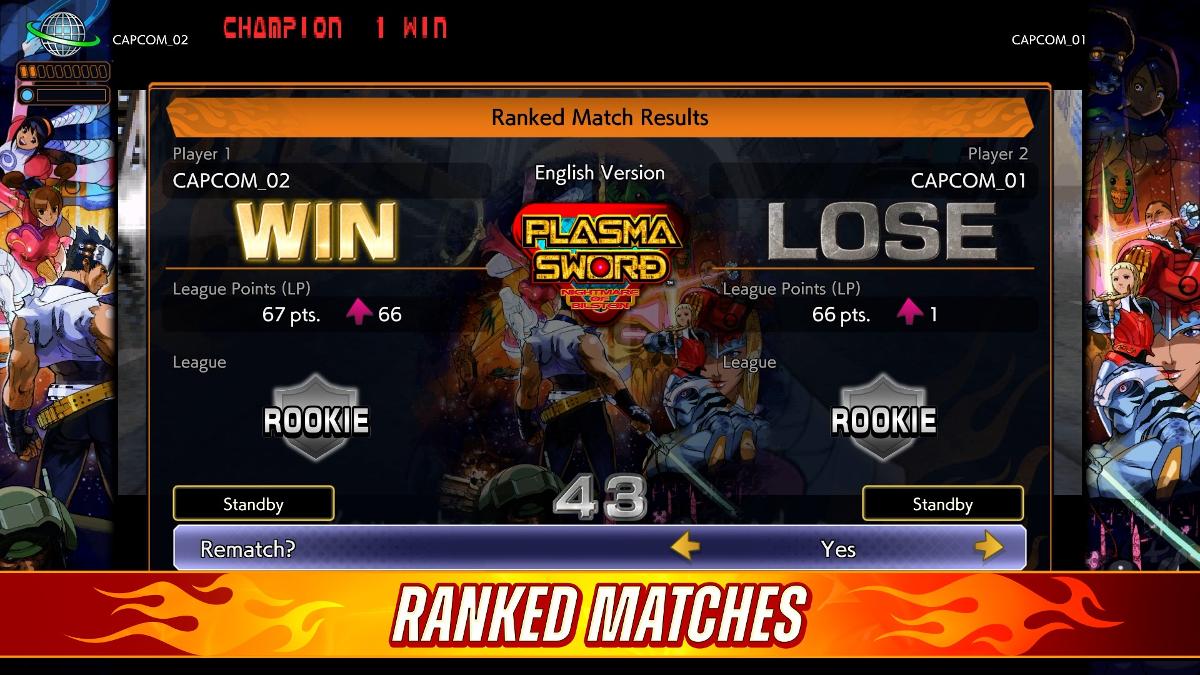
Single-player is not really the point of the collection, though. It's really more about competitive fighting against human opponents. To that end, Capcom has once again invested in the online component, delivering casual, ranked, and custom matches, underpinned by rollback netcode that provides a smoother, more reliable gameplay experience. Joining online matches is a breeze, although some game lobbies are more populated than others.
No matter how you experience Capcom Fighting Collection 2 — online or offline, in single-player bouts against CPU opponents, or in versus mode against human rivals — you're likely to have a good time. While there are a couple of middling games, most of the titles on offer are good or great; a handful are even generationally great. Furthermore, the quality-of-life features and online connectivity make them more approachable and accessible than ever. The inclusion of Dreamcast ports and in-depth tutorials would make the collection even more valuable, but even without those things it's easy to recommend. Here's hoping Capcom still has something left in the tank for Capcom Fighting Collection 3.